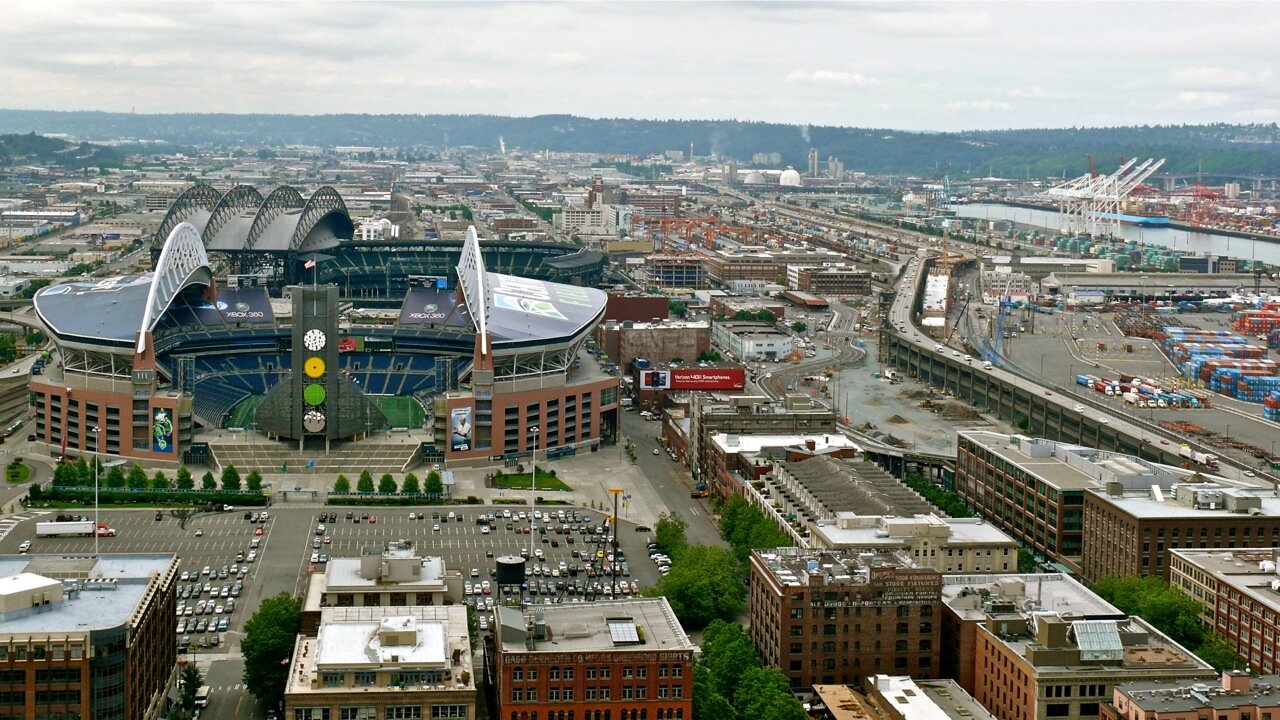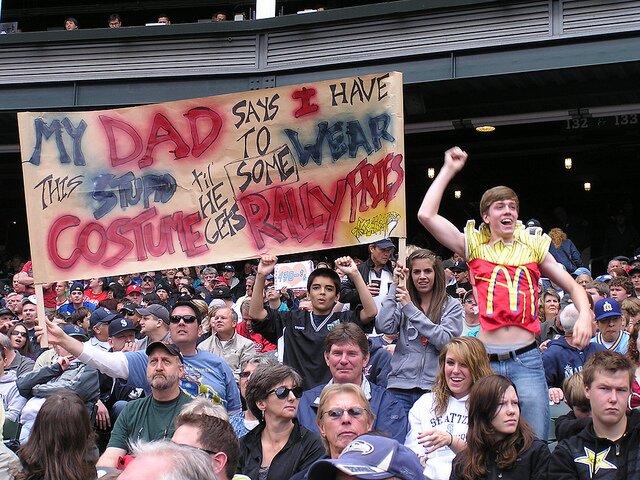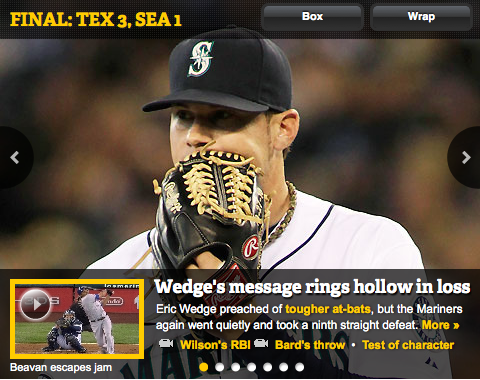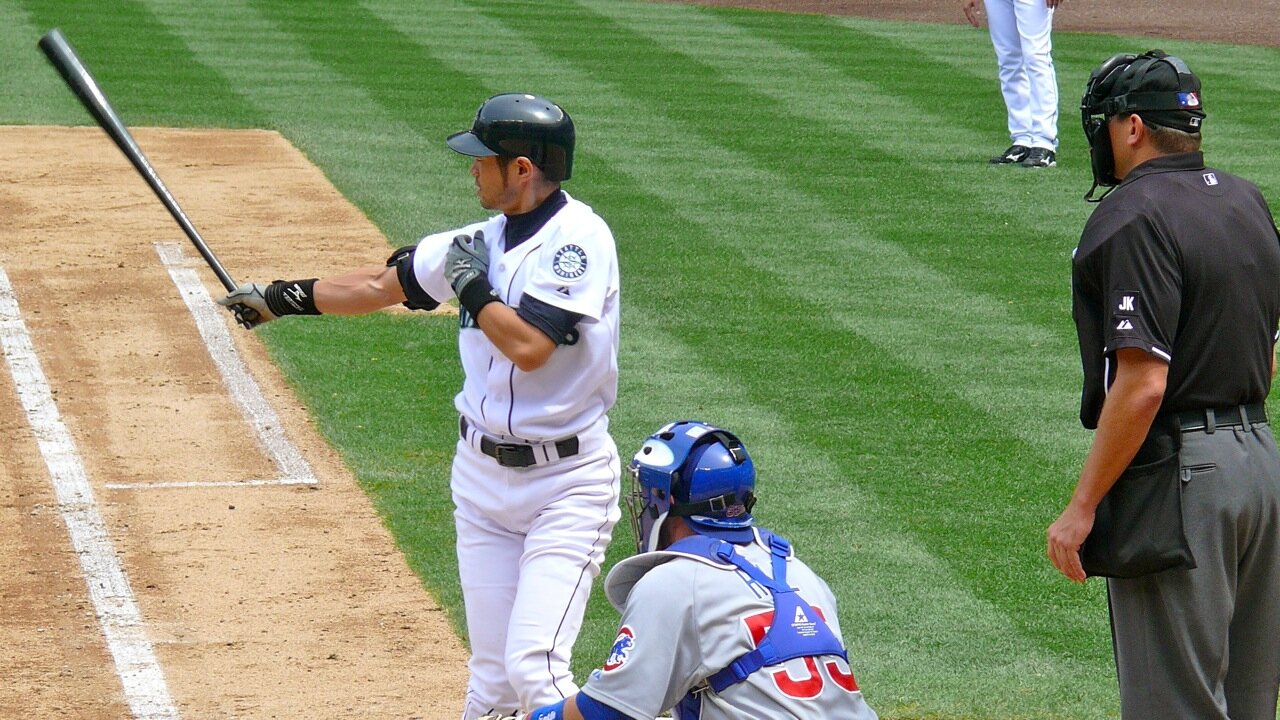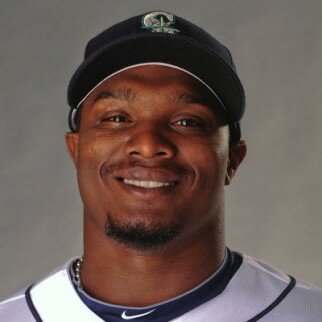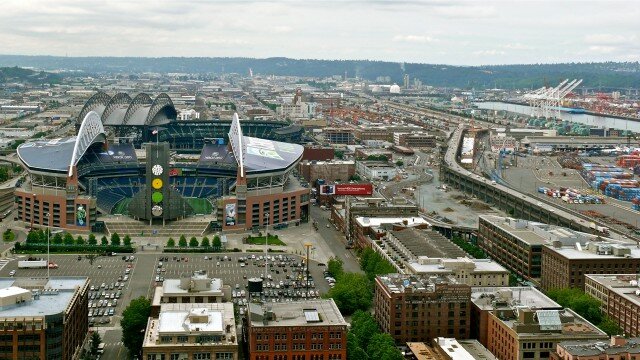
During the great deep-bore tunnel debate that passed away of old age last year, you could always count on the Mariners and the Port of Seattle to stand with the pro-tunnel crowd. Nothing about the twists and turns the Viaduct Replacement project took seemed to faze them. Smaller capacity? No problem. Tolls? Loved it.
Even when it became clear that the tunnel would be unfriendly to larger freight, offer no downtown connectivity for smaller freight, and dump its cars out in SoDo, where they would compete with freight moving from the port to I-5, Port leadership couldn’t see a problem.
They and the Mariners would back the Washington Department of Transportation and the Seattle City Council, even though both entities had, ten years ago, made it clear that they didn’t care all that much about congestion in SoDo, unless it was a pro-tunnel talking point. Art Thiel tells a funny story:
As far back as 2002, the city of Seattle knew the traffic/freight problems were so bad in SoDo after the construction of the two stadiums that something had to be done. An overpass was proposed for South Lander Street that would be the southerly bookend to the overpass at what became Edgar Martinez Way.
That was to be the second of three “east-west, grade separated connectors” (as the Port remembers) to mitigate stadium district congestion. (Only one was built, but, in fairness, at .333 WSDOT is still outdoing the Ms.) “According to city sources and news accounts,” writes Thiel, “funding [for the overpass] was diverted to the Mercer Street project.”
But, faced with years of tunnel-construction and Viaduct-destruction, the Port and Mariners have decided a new stadium is a bridge too far. Why? Fears of traffic congestion. Here is a delightful section of the Port’s letter to all and sundry in which they discover that they never got their promised east-west connectors, that tolls divert traffic, and that they forgot to demand meaningful construction mitigation:
Of special concern is the intersection of 1st Avenue South and South Atlantic Street, a critical point on the route for trucks destined for the Port of Seattle and the area’s main access point to I-90 and I-5. The SODO area lacks good east-west traffic movement today, and direct freeway access is limited. I-90 is carrying more traffic as drivers avoid tolls on SR 520 and Viaduct construction is diverting more vehicles onto 1st Avenue S.
Staring fixedly at the long-closed barn door, the Port also writes: “We do not believe that the traffic analysis conducted for the Alaskan Way Viaduct replacement contemplated a new traffic generator like a sports arena. We would ask that a new traffic study consider impacts on tunnel operations as well as the south-end connections to and from SR 99.”
Yes, that would have been worth studying, wouldn’t it? Extra traffic in the stadium district? (But–I forget now–can you at the Port point to me when in the last ten years of tunnel debate you asked about the not-implausible scenario where SoDo traffic might increase by 8,700 vehicles? Or did you avoid doing that because it was already clear that the “affordable” tunnel wasn’t going to add capacity, or transfer it to transit?)
Perhaps, you protest, but a whole new stadium? It was a little off the radar. Granted, but growing SoDo traffic volumes? No. That was not off anyone’s radar. And in their letter the Mariners are happy to prove to you they knew about it–while doing nothing to demand their bait-and-switched mitigation back, as that would have added to the tunnel’s financial downside:
We have seen a dramatic increase of traffic, and loss of parking in this neighborhood over the past twelve years. Terminal 46 has become one of the West Coast’s busiest container terminals, with truck traffic that often backs up to the freeway ramps. I-90 traffic has increased dramatically with the tolling of SR-520, creating evening rush hour backups on Edgar Martinez Drive. Game day traffic coming in on I-90 already backs up onto the freeway prior to most games.
Let’s let Art Thiel and SportsPress Northwest have the last word on the merits of refusing a new stadium because of failing to fund earlier transportation plans:
Further study? Oh, hell no. The city already studied it 10 years ago and identified the problem. All that has happened is that traffic has gotten worse, and will get worse with the replacement of the viaduct with the tunnel. As the new tolling on the 520 bridge has demonstrated, drivers will go to great lengths to avoid the toll. Same for the tunnel toll. They will pour over the streets of SoDo to get around paying for the hole in the mud.
